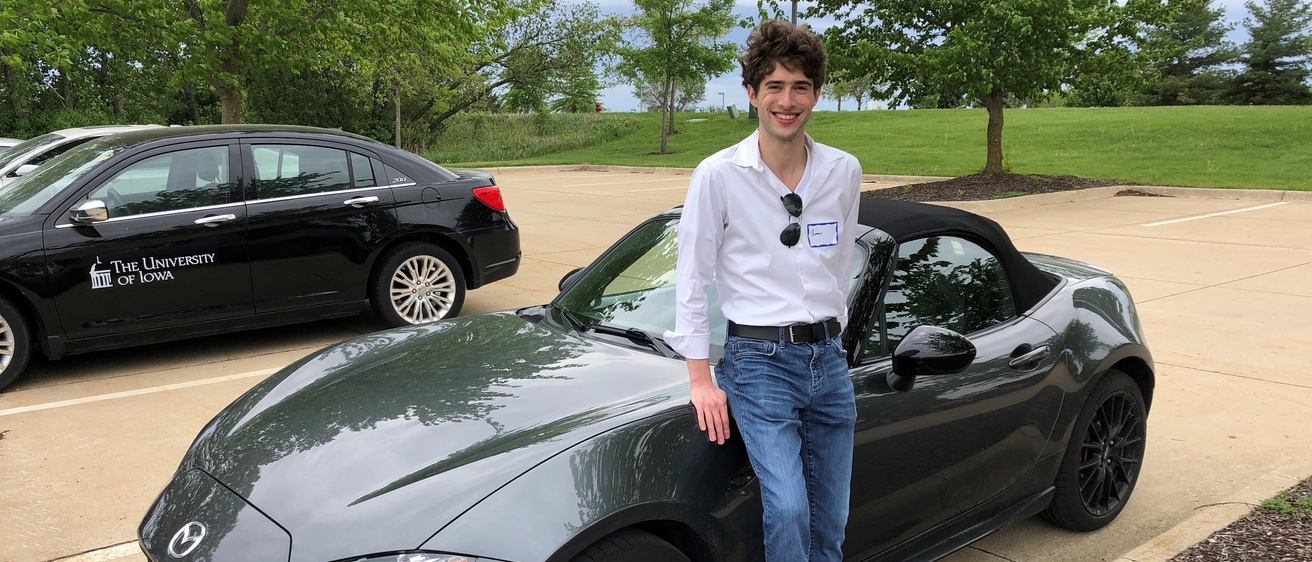Thomas Burt is a graduate research assistant at the National Advanced Driving Simulator and an Industrial and Systems Engineering Ph.D. student at the University of Iowa. He spent his summer at the U.S. DOT headquarters in Washington, DC, interning for the National Highway Traffic Safety Administration (NHSTA). Burt’s work focused on advanced driver assistance systems (ADAS), which are driver support features that are available to consumers like adaptive cruise control and blind spot monitoring, and automated driving systems (ADS), which are driving features that can drive a vehicle, these features often need supervision from the driver and are not currently available to consumers.
Q: What was your role as an intern this summer?
A: I was a NHSTA intern at the Office of Vehicle Safety Compliance (OVSC) and on the Advanced Driver Assistance Systems (ADAS) Vehicle Exemption Program (AVEP) team. The AVEP team oversees imported automated vehicles and their use on public roads, and reviews incidents involving automated vehicles.
Q: What did your work primarily focus on?
A: My work focused on reviewing and investigating imported automated vehicles, their use on public roads, and analyzing incident and crash data. This work necessitates collaboration between the automated driving systems (ADS) manufacturer and NHTSA, allowing for insight into the inner workings of ADS from multiple manufacturers.
Q: What was a takeaway from your experience interning?
A: A valuable takeaway was how NHSTA is trying to regulate these novel vehicles. I underestimated the complexity of this task, and now recognize it as a future-defining factor in how ADS vehicles will be deployed in the United States.
At the end of his internship, Burt gave a presentation to Department of Transportation staff and interns on “Defining Levels of Driving Automation: Implications for Enforcement.” His presentation highlighted the limitations of the Society of Automotive Engineers (SAE) levels of automation in the context of enforcement. The levels of automation provided by the SAE do not take into consideration the sophistication or capability of a vehicle. For example, a vehicle that can dynamically alter its speed, change lanes, and navigate an intersection could be classified into levels two, three, four, or five in the SAE’s framework. His presentation provided an alternative framework that addresses said limitations. This alternative framework would be level of control (LOC), which focuses on a vehicle’s ability to control its motion, as opposed to the vehicle’s responsibility of a driving task.
